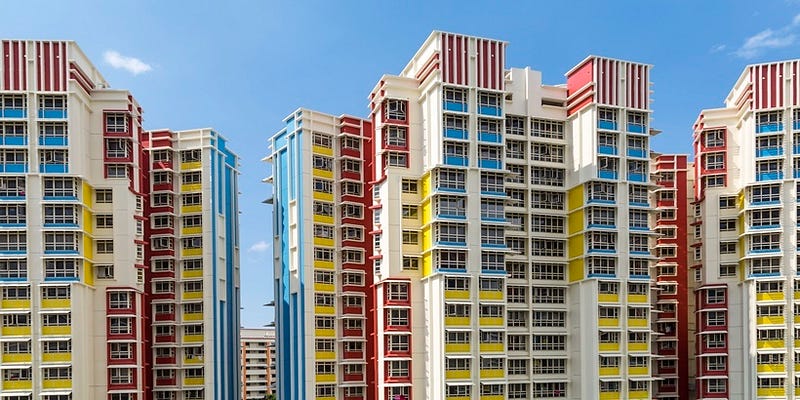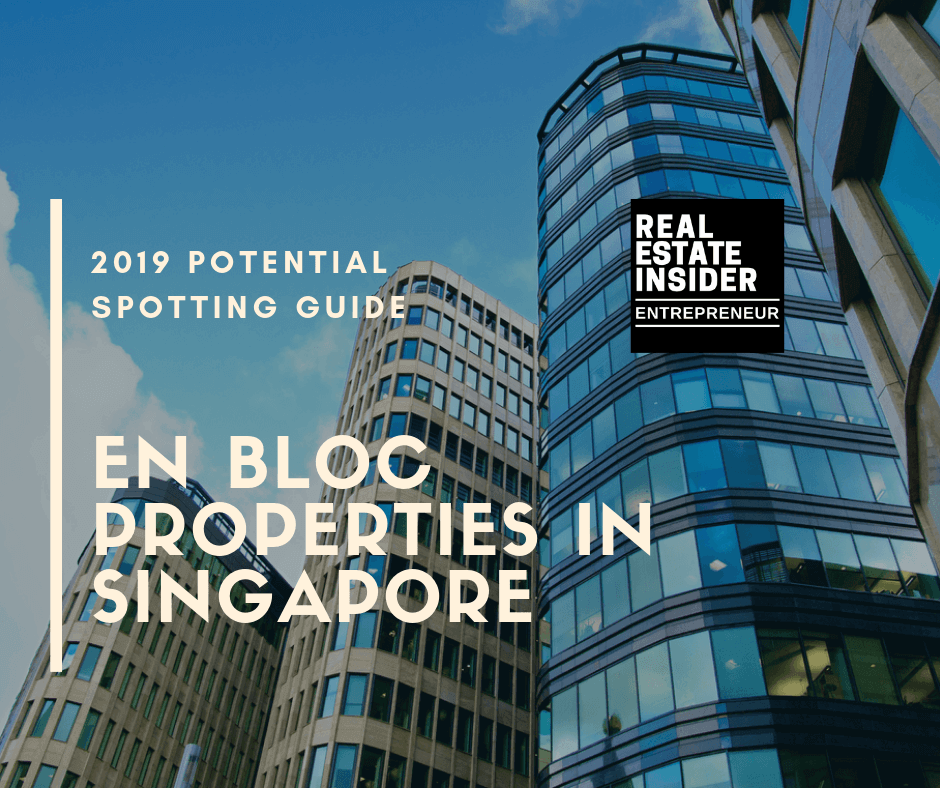One of the key buzzwords in Singapore’s real estate market now is en bloc. We hear it being thrown around in conversations with our agents, property developers and fellow home buyers. We watch it in the news, often with headlines that state “En Bloc Potential 2019” followed by a host of information that most viewers may or may not understand.
Being as helpful as we would like to be, we prepared a quick guide on how to identify en bloc in Singapore so you can take advantage of the opportunities it presents.
But first, let’s touch on the basics.
What is en bloc?
Ah, yes. A question that Singaporeans would want to ask but are afraid to because they don’t want to feel judged or silly.
But remember, the key to success in real estate is proper understanding. And applying the science of real estate will ensure a more favorable outcome than taking a speculative approach.
And like in a scientific study, we first identify or define a particular entity in order to gain a better and wider understanding of it.
En bloc is a french term which simply means all together in a united group. In other definitions it means collectively or as a whole.
If applied to real estate in Singapore, en bloc Singapore means collective sale of property in Singapore.
En Bloc Singapore in Recent History
One of the salient points of the REI Method is the Evaluate phase which looks into the past, present and future. So it’s quite important to look at the recent en bloc cycles, when they occured at what was the turn out. This would enable us to then make an intelligent prediction on what the en bloc potential in Singapore for 2019 would be.
The last en bloc cycle happened between 2005 to 2007, causing an uproar in sales of more than 12,000 en-bloc units amounting to $22.3 B in total sales.
In 2017, there were about 27 en bloc Singapore sales that occurred for residential sites and three for commercial or industrial sites. This sale brought close to $9 B in sales, which was a far cry from 2016’s sales of only a billion dollars.
Investors are closely monitoring these jumps and dives, highs and lows, peaks and valleys in collective sales. What could be the trend in en bloc 2019 in Singapore?
As dutiful home buyers, you can take a look at the following guide posts in spotting en bloc potential in Singapore for 2019.
Price Movement
Movement in prices of property that went through en bloc sale are often generated by developers who bought into the market when the price is on the rise and continued to develop the property in the belief that it would continuously rise.
This is where development cost and risk take into action.
It is best as a simple investor or a home buyer to monitor these price movements and watch out for sudden price peaks and hike sof certain locations.
Plot Ratio of Land

Another indicator of en bloc in Singapore is the plot ratio. Plot ratio is the number that indicates how much more, bigger or taller developers can build in that land area.
For instance, if a land is 2,000 ft² and has a plot ratio of 2.5 this means that its Gross Floor Area (GFA) cannot exceed 5,000 ft². Therefore, subject to height limit, you could convert the property to either 10 storeys of 500 ft² or 10 storeys of 635 ft².
As a homebuyer, you can take hold of this information in spotting potential en bloc properties in certain areas. In fact, it is now very easy to access plot ratios by visiting the URA website.
So as investors and buyers, it’s best to watch out for locations with underutilized plot ratios; this indicates that they will be potentially sold en bloc and developed into a more high value structure or property.
Taking a tab on freehold condominiums
Because the land is theirs, owners of freehold properties are most likely to sell their land to either the government or property developers. For one, it is easier to get the consensus to sell the property because there are only a few (or sometimes just one) owners.
In the past two years, the trend in en bloc property sale has been brimming with freehold condominiums.
Aging properties are a hot target
Another indicator for en bloc potential is how old a particular property or development is. The older the property, the more likely it is to be in the collective sale chopping block.This is simply because older structures cost more to maintain, mainly due to the wear-and-tear and natural depreciation.Thus, it makes perfect sense for developers to go after these aging properties. They are on the hunt for land with structures with costly upkeep because its owners would be on the lookout to make sensible profit by collective sale.Also, if the neighborhood where an aging property is situated has surrounding land that has had its plot ratios readjusted, you can be sure that that property will follow suit. Therefore, an en bloc sale will be close behind.
Smaller developments equate to en bloc potential
Finally, it would also be wise to stay glued to smaller developments with 50 units or less.These structures are more likely to undergo en bloc sale because there are fewer stakeholders who need to give their permission. It is thus easier to achieve the required 80% ratio of owners who have approved of the collective sale.Also, smaller developments entail cheaper engineering and development costs and take less time to arrange necessary preparations prior to the en bloc sale. With this, these smaller properties have a higher rate of being sold collectively.As a buyer or investor, whether first time or experienced, it is best to apply these tips and recommendations to keep abreast in the real estate market. En bloc sales will continue to rise in the coming years simply due to Singapore’s topographical nature and smaller land area.Taking note of these tricks of the trade can help you make the right investment choices for your next purchase.
